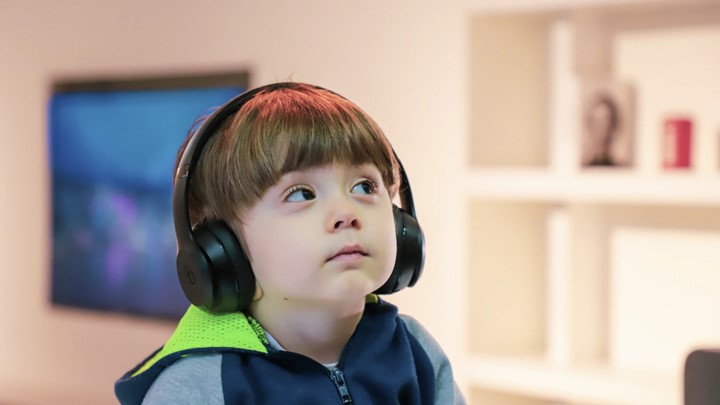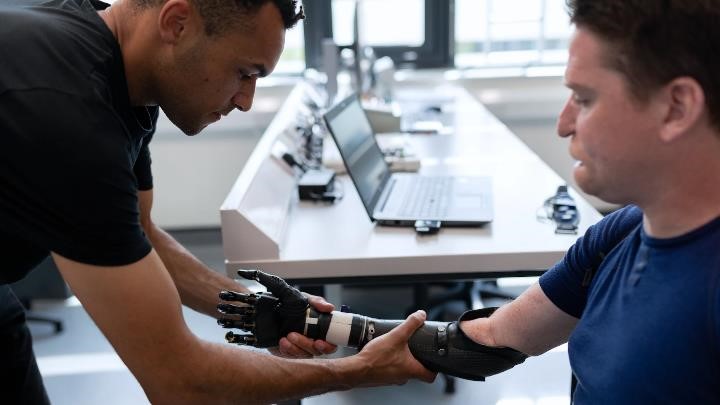Last Updated on September 6, 2023 by Uncle Pat Ugwu
The Autism Spectrum Disorder (ASD) has significantly grown in recent years. There are now many children with ASD and Down Syndrome. This has posed a challenge to teachers and caregivers alike. However, there are a lot of good autism teaching tools developed to help these innocent children.
These tools are good in helping them to improve their communication and social skills. It can also help them to promote their vocational training. We previously wrote an article on autism-friendly classrooms, to enable teachers to learn how to set up the best learning environment for special needs kids.
In this article we delve into the world of autism teaching tools, providing insights into the various strategies and resources available to enhance the educational experience for individuals with autism. Let’s now understand the concept of autism first.
What is Autism?
Before we start to explore the autism teaching tools, let us first of all understand the concept of autism. Autism, or ASD, is a neurodevelopmental disorder that affects social interaction, communication, and behavior. It encompasses a wide range of symptoms and challenges, making individualized support essential. You may like to know the difference between autism and down syndrome.
The Importance of Early Intervention
Early intervention is key in supporting children with autism. Identifying the signs and symptoms at an early age and providing appropriate tools and strategies can significantly improve outcomes.
There are also good autism teaching tools that have proven to be very effective in teaching children with ASD. Some of these tools can be sourced from home, or purchased in the market. We shall now explore them.
Autism Teaching Tools
1. Visual Supports
Visual support, such as visual schedules, social stories, and picture communication systems are vital for individuals with autism. These tools help in structuring routines, enhancing communication, and reducing anxiety.
Images are said to speak thousands of words. Videos speak more volumes than images. So, combining still images and videos will be perfect for improving the child.
2. Applied Behavior Analysis (ABA)
ABA therapy is a widely used and evidence-based approach for teaching individuals with autism. It focuses on breaking down tasks into smaller, manageable steps and reinforcing positive behaviors.
Teachers and caregivers should closely monitor the behaviors of special needs children who are going through therapy to know exactly the area a particular child needs more attention.
3. Assistive Technology
Technology has opened up new possibilities in autism education. Specialized apps and devices can aid in communication, learning, and skill development.
Communication Apps like “Proloquo2Go” and “TouchChat” are designed to assist non-verbal individuals with autism in expressing themselves. These apps use symbols and pictures to facilitate communication.
4. Sensory Integration Tools
Sensory issues are common among individuals with autism. Tools like sensory rooms, fidget toys, and weighted blankets can help create a sensory-friendly environment.
Fidget Toys items like stress balls, spinners, and sensory putty offer tactile stimulation and can help individuals with autism manage sensory sensitivities and anxiety.
5. Individualized Education Plans (IEPs)
IEPs are personalized educational plans that address the unique needs of students with autism. They outline goals, strategies, and accommodations to ensure optimal learning outcomes.
An IEP might include goals such as improving communication skills through speech therapy, providing extra time for assignments, and offering sensory breaks when needed.
6. Inclusive Education
Inclusive classrooms promote social interaction and acceptance. Educators are increasingly recognizing the value of inclusive education for students with autism.
In an inclusive classroom, a student with autism might have a designated support aide, modified curriculum materials, and opportunities for peer interactions during group activities.
7. Speech and Language Therapy
Speech and language therapy can greatly improve communication skills in individuals with autism. Therapists work on speech articulation, comprehension, and social communication.
Teachers can conduct in-depth speech and language therapy sessions or activities like practicing conversational turn-taking, using visual supports like communication boards, or working on speech sounds through articulation exercises.
8. Augmentative and Alternative Communication (AAC)
AAC devices, such as communication boards and speech-generating devices, help non-verbal individuals express themselves effectively.
Teachers can use a dedicated AAC device with pictures and symbols to convey their thoughts and needs to children with limited verbal communication.
9. Social Skills Training
Social skills training programs teach individuals with autism how to navigate social situations, build friendships, and interpret social cues.
In a social skills training session, teachers will have to teach the child how to make eye contact, initiate conversations, and respond appropriately to social cues like facial expressions.
Additional Important Skills
- Peer-Mediated Interventions: Encouraging interactions between individuals with autism and their neurotypical peers can promote social development and inclusion.
- Life Skills Training: Teaching life skills, such as cooking, hygiene, and money management, empowers individuals with autism to lead independent lives.
- Vocational Training: Vocational programs prepare individuals with autism for employment opportunities, focusing on skills that match their interests and strengths.
Final Thoughts
In the realm of autism education, the array of teaching tools and strategies available is vast and diverse. When teachers and caregivers understand the best autism teaching tools suitable for an individual, it makes their work easier and also helps to quickly improve the child.
As we continue to research and innovate, the future of autism education looks promising with the invention of these tools. There are also digital storytelling tools that are also helpful for children’s education.







